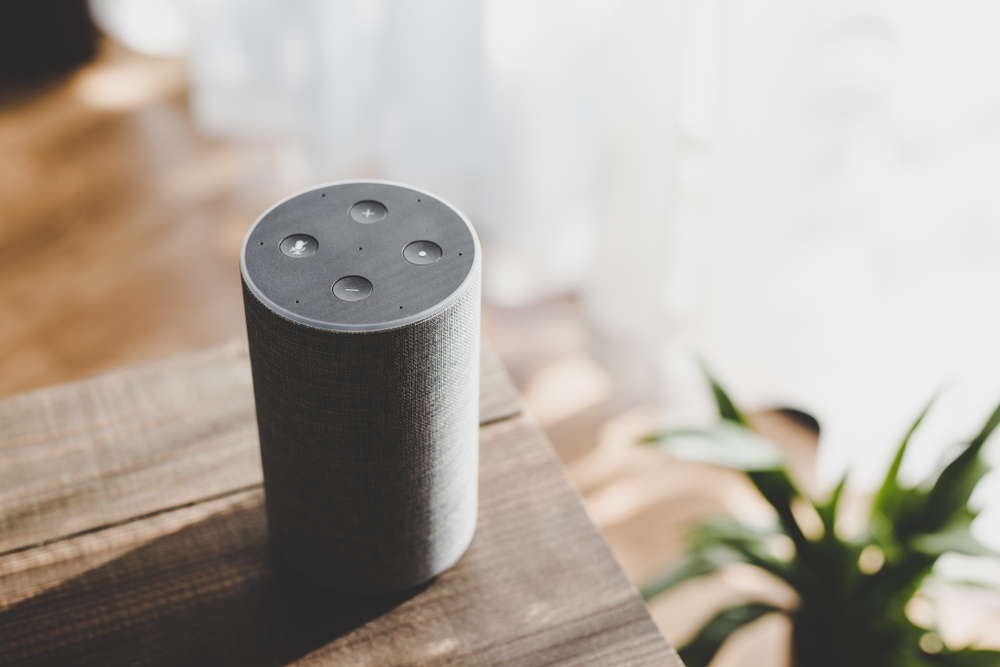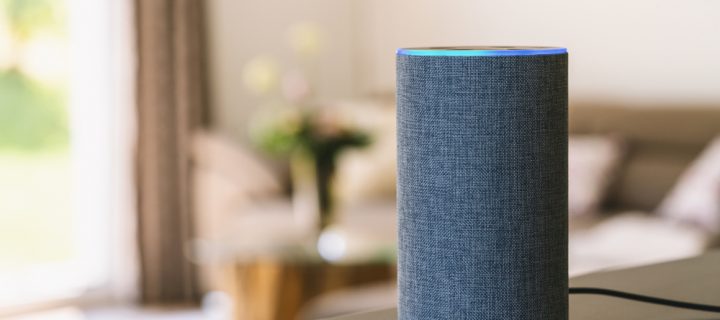Multiple studies suggest that cardiac arrest occurs most in places where a person is alone, significantly reducing the likelihood of survival for those afflicted.
In the U.S. alone, nearly 500,000 deaths are estimated to be caused by cardiac arrest. Immediate CPR is key in saving lives.
But of course, there’s no guarantee someone will be within the vicinity to call for help. This issue led to researchers at the University of Washington developing a smart speaker that can actually detect the first signs of cardiac arrest, sending an alert for help.

The new device works just like a Google Home or Alexa smart device. It detects if someone’s having heart failure by analyzing the gasping sounds of nearby persons.
To develop the speaker, the researchers collected data on real agonal breathing instances from 911 calls. In their tests, the device accurately detected and identified cardiac arrest accurately 97 per cent of the time. The device worked even when the person was 20 feet away.
“A lot of people have smart speakers in their homes, and these devices have amazing capabilities that we can take advantage of,” Shyam Gollakota, an associate professor in the UW’s Paul G. Allen School of Computer Science & Engineering, said in a statement.
Related: Avoid These Foods if You Have Heart Failure
Gollakota and team hopes to make the smart speaker continuously monitor agonal breathing, sending alerts to anyone near the person in need. The device can also call 911 automatically.
The researchers used machine learning to teach the speaker to identify real agonal breathing and typical sounds that people make in their sleep, such as snoring or obstructive sleep apnea.
The next step will be to bring the device to market through Sound Life Sciences company.
“Cardiac arrests are a very common way for people to die, and right now many of them can go unwitnessed,” Jacob Sunshine, an assistant professor of anesthesiology and pain medicine at the UW School of Medicine, said. “Part of what makes this technology so compelling is that it could help us catch more patients in time for them to be treated.”
Photo Credit: r.classen/Shutterstock.com; beeboys/Shutterstock.com












